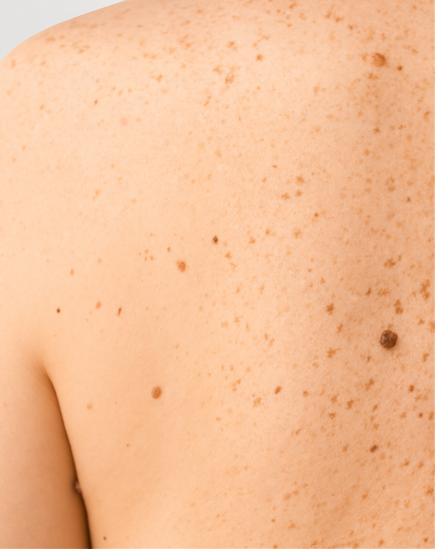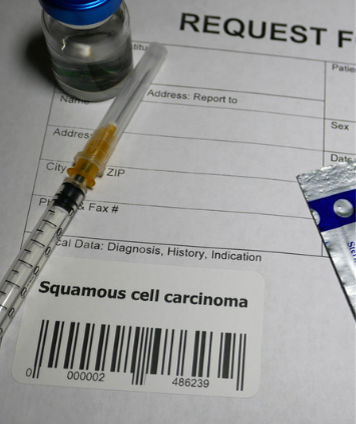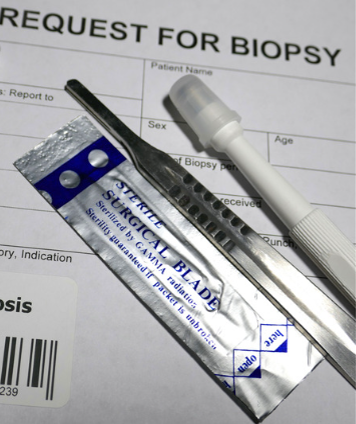Call Us - (+27) 21 531 4565

Cancer
Skin Cancer and other Skin Lesions
If skin cancers are detected while still small, a simple excision might be enough to remove them.
Waiting until these lesions become large could result in skin grafts or complex fl aps for reconstruction.
Contact us to schedule your consultation today!
Contact UsBasal Cell Carcinoma
Basal cell carcinoma is the most common skin cancer. These cancers are often ignored because they look like open sores, red patches, pink growths, shiny bumps, and scars.
If you present with any of these lesions, which have not healed or disappeared within a month or two, you should consult your general practitioner or dermatologist for advice.

Frequently Asked Questions
What causes Basal Cell Carcinomas to develop?
BCCs, as they are called in short, are usually caused by a combination of cumulative sun exposure or intense, occasional sun exposure. These sun exposure episodes typically occur between the ages of two and twenty-five, but only present when patients are older, and not necessarily exposed to the sun anymore.
Who is most likely to develop BCCs?
Patients who worked in the sun, like farmers, avid sportsmen, sailors, and pilots, and who grew up in the southern hemisphere are likely to develop basal cell carcinoma at some stage.
Can I leave a BCC to resolve on its own?
If basal cell carcinomas are detected when they are still small, a simple excision might be enough to remove them. However, waiting until these lesions become large could result in skin grafts or complex flaps for reconstruction.

Malignant Melanoma
Melanoma, or MM, as it is commonly referred to, develops from the pigment-containing cells of the skin, the melanocytes. MM typically develop from moles that have increased in size, that have irregular edges, that have changed in colour, or are itchy.
Malignant melanoma is the most dangerous skin cancer, and if undetected for too long can lead to death.
Frequently Asked Questions
Where are Melanomas most likely to occur?
In women, MM most commonly occur on the legs, and in men on the back. For this reason, any dark moles should be evaluated regularly, especially if patients present with many.
What causes Malignant Melanomas?
The primary cause of malignant melanoma is sun exposure and UV exposure with tanning devices. Patients with a family history of malignant melanoma and red hair are at higher risk. They should consult a dermatologist for regular screening.
What do they look like?
Most MMs are black or brown but can be pink, red, purple, blue, or white. We often refer to the “ugly duckling” – if you have a lesion on the skin that stands out and looks strange, please consult your general practitioner or dermatologist for advice.
Squamous Cell Carcinoma
These cancers resemble red patches, open sores, warts, or elevated growths. They sometimes crust or bleed.
Squamous cell carcinoma (SCC) is the second most common form of skin cancer.

Frequently Asked Questions
When should you get a potential problem spot evaluated?
If an open sore does not heal in a month or two, please consult with your general practitioner or dermatologist for advice.
What causes squamous cell carcinomas?
Squamous cell carcinomas are caused by long-term exposure to the sun over a patient’s lifetime. Most damage is usually done between the ages of two and twenty-five. The UV produced by indoor tanning beds also causes damage that can lead to squamous cell carcinomas.

Benign Skin Lesions
Benign skin lesions are non-cancerous. They can become large and painful and impair function. This does not mean, however, that they should not or need not be surgically removed.
Frequently Asked Questions
When should you be concerned about a skin lesion?
If you discover a new lesion and it changes in appearance over time, it is recommended that you consult your general practitioner or dermatologist for advice.
When is the best time to have lesions attended to?
Having lesions attended to while still small is always advisable, as surgical removal becomes more complex once the lesions have increased.
What types of lesions are there?
Benign lesions include sebaceous and other cysts, lipomas, neurofibromatosis, seborrheic keratosis, or benign nevi (moles). Some are bothersome, like skin tags, cherry angiomas, dermatofibromas, and sebaceous hyperplasia or milia.
